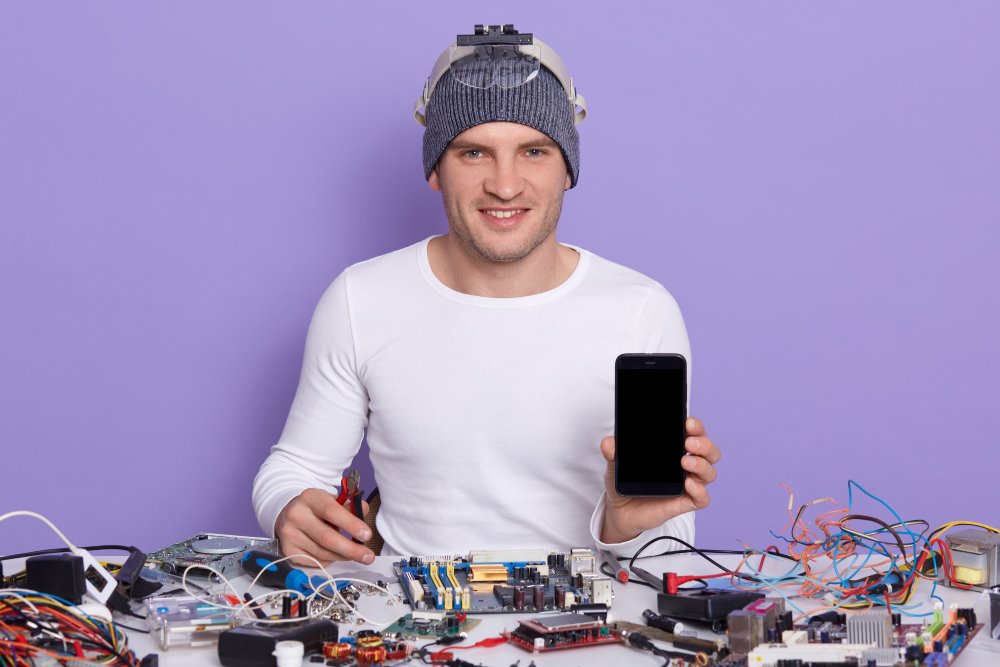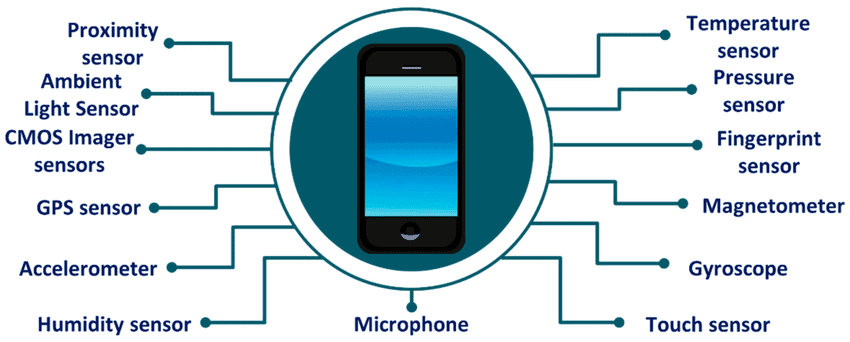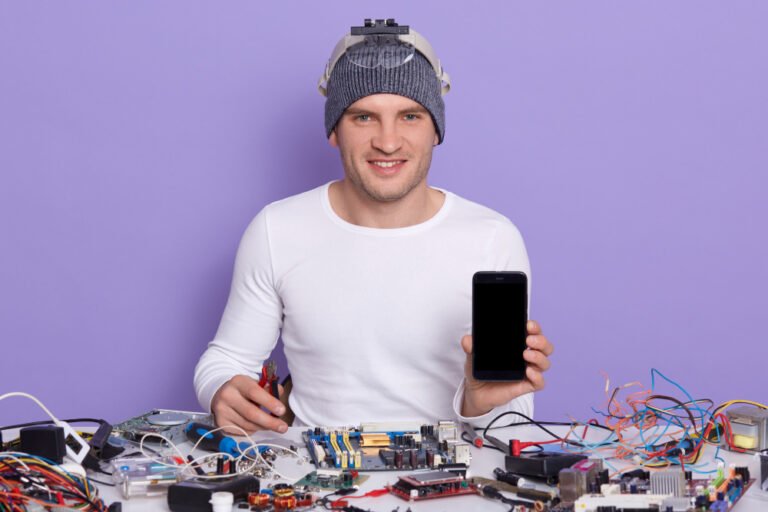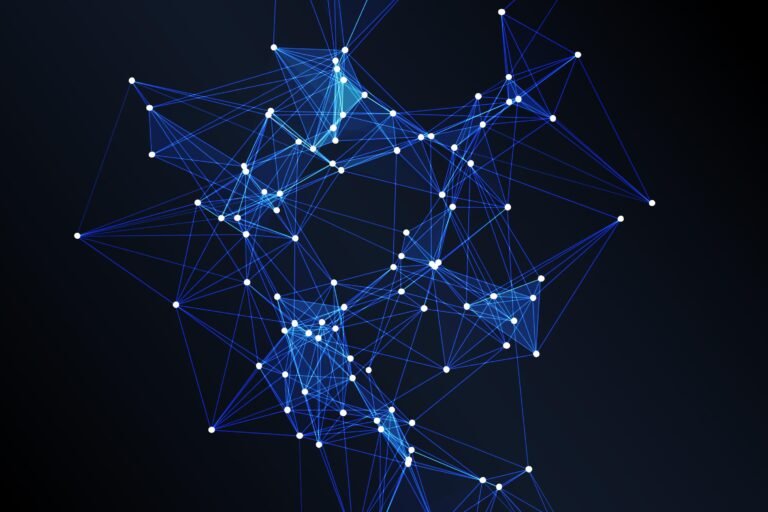
It is amazing how many sensors we are surrounded by without realizing it. If you have a smartphone, then this is a common denominator of the sensors that you have in your pocket.
Here is a breakdown of the key sensors that transform your phone from a simple communication device into a true “smart” companion.

The Core Movers: Motion and Position Sensors
These sensors keep track of where you are and how the device is moving through space.
- Accelerometer: This is the workhorse of motion tracking. It measures linear acceleration along the X, Y, and Z axes. When your screen flips from portrait to landscape, or your fitness app counts your steps, the accelerometer is responsible.
- Gyroscope: The accelerometer detects movement, while the gyroscope detects rotation. Working in tandem, they provide precise orientation data essential for smooth gaming, 360-degree viewing, and accurate AR experiences.
- Magnetometer: This is your phone’s built-in digital compass. It measures the Earth’s magnetic field to determine direction. This ensures that the map on your screen points North correctly as you walk.
- GPS (Global Positioning System) Receiver: The foundational sensor for modern navigation. It communicates with a network of satellites orbiting Earth to pinpoint your exact latitude, longitude, and altitude. Thus enabling services like Google Maps or location tagging photos.
Seeing, Hearing, and Sensing the Environment
These sensors help your phone interact with its surroundings.
- Ambient Light Sensor: Ever notice how your screen brightness adjusts automatically when you step outside or enter a dark room? This tiny sensor measures the available light and optimizes your display for comfort and battery life.
- Proximity Sensor: Located near the top of your screen. This sensor (usually using an infrared LED) detects when an object is close by. Its most common job is to turn the screen off during a phone call when you hold the device to your ear, preventing accidental button presses.
- Microphone: A specialized sound sensor that converts the analog sound waves of your voice or environment into digital data for calls, voice assistants, and audio recording.
- Camera Image Sensor: The core component that captures light and color data. Allowing you to take photos, scan QR codes, and use video chat.
- Barometer: A pressure sensor that measures atmospheric pressure. Because air pressure changes with altitude. This sensor provides more accurate elevation data for GPS and helps fitness apps precisely track how many flights of stairs you’ve climbed.
- Temperature Sensor: Can monitor the temperature of the internal components. Some phones may have sensors for ambient temperature and humidity. This also allows the phone to slow down to conserve energy if it is in a heated or humid environment.
Communication and Health
- NFC (Near-Field Communication): Enables short-range wireless communication for features like mobile payments.
- Hall Sensor: Detects magnetic fields, often used to work with a flip case.
- Pedometer: Counts steps by using the accelerometer.
- Health Sensors: Some models include sensors like heart rate monitors (PPG) or blood oxygen level (SpO2) sensors.
The Modern Add-ons: Biometrics and Connectivity
Depending on your phone model, you might have these additional advanced sensors.
- Fingerprint Sensor: A biometric sensor (which can use capacitive touch, optical scanning, or ultrasonic sound waves) used for secure authentication, unlocking your device, and authorizing payments.
- NFC Sensor (Near-Field Communication): This short-range radio frequency sensor enables contactless payments (like Apple Pay or Google Pay) and quick data exchange with other nearby devices.
- Face Recognition Sensors: High-end phones use a suite of dedicated sensors—including infrared cameras, flood illuminators, and dot projectors—to create a secure 3D map of your face for biometric unlocking.
- LiDAR Sensor: Found in some premium flagship phones, LiDAR (Light Detection and Ranging) uses laser pulses to measure distances, dramatically improving augmented reality performance and enhancing camera autofocus in low light conditions.
The seamless interaction of these various sensors is what makes the smartphone experience so intuitive and powerful. The next time you use GPS navigation, take a picture, or simply watch your screen rotate, remember the complex miniature world of technology hidden just beneath the glass.



